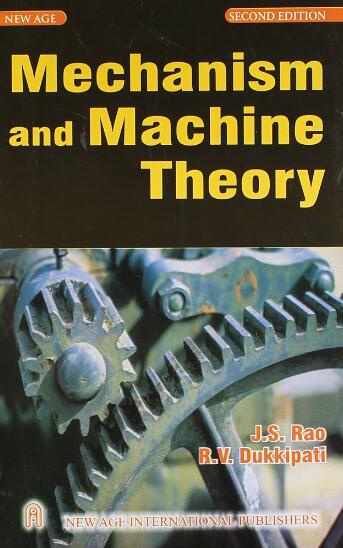开发用于分析平面称重传感器变形的分析模型和方法
IF 4.5
1区 工程技术
Q1 ENGINEERING, MECHANICAL
引用次数: 0
摘要
由于顺变机构具有良好的特性,因此被广泛应用于各个技术领域。基于应变的变形机构是这类机构的一种特殊类型,通常用于称重技术。除其他应用外,它们还与应变片一起用于力测量。迄今为止,此类称重机构的设计都是通过有限元模拟或经验研究来实现的,而这些方法往往费时费力且成本高昂。因此,本文基于杆状结构大变形理论提出了一种分析计算模型,简化了此类称重机构的计算。该计算模型的关键要素是描述所需的横向对称铰链。研究表明,由于这些单元的几何形状,拉伸和压缩变形不容忽视,必须纳入分析模型。通过参数研究验证了分析模型的有效性和准确性,与有限元模型相比,偏差小于 6%。最后,该模型被集成到一个图形用户界面中,便于应用于分析称重传感器。本文章由计算机程序翻译,如有差异,请以英文原文为准。
Development of an analytical model and method for analyzing deformation in planar load cells
Due to their advantageous properties, compliant mechanisms are widely used in various technical fields. Strain-based deformation bodies, a particular type of these mechanisms, are often used in weighing technology. They are used in conjunction with strain gauges for force measurement, among other applications. Until now, such weighing mechanisms have been designed using finite element simulations or empirical studies, which are often time-consuming and costly. Therefore, this article presents an analytical calculation model based on the theory of large deformations of rod-like structures, which simplifies the calculation of such weighing mechanisms. Key elements in this calculation are the transversally symmetric hinges required for the description. Investigations show that, due to the geometry of these cells, tensile and compressive deformations are not negligible and must be included in the analytical model. The validity and accuracy of the analytical model are verified through parameter studies and show deviations of less than 6% compared to the FEM. Finally, the model is integrated into a graphical user interface to allow an easy application to analyze load cells.
求助全文
通过发布文献求助,成功后即可免费获取论文全文。
去求助
来源期刊

Mechanism and Machine Theory
工程技术-工程:机械
CiteScore
9.90
自引率
23.10%
发文量
450
审稿时长
20 days
期刊介绍:
Mechanism and Machine Theory provides a medium of communication between engineers and scientists engaged in research and development within the fields of knowledge embraced by IFToMM, the International Federation for the Promotion of Mechanism and Machine Science, therefore affiliated with IFToMM as its official research journal.
The main topics are:
Design Theory and Methodology;
Haptics and Human-Machine-Interfaces;
Robotics, Mechatronics and Micro-Machines;
Mechanisms, Mechanical Transmissions and Machines;
Kinematics, Dynamics, and Control of Mechanical Systems;
Applications to Bioengineering and Molecular Chemistry
 求助内容:
求助内容: 应助结果提醒方式:
应助结果提醒方式:


